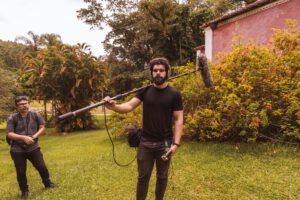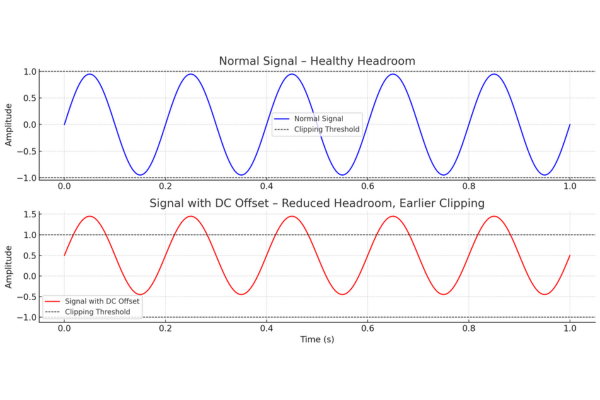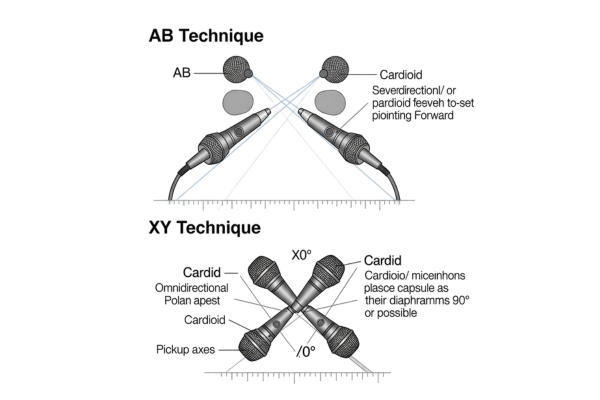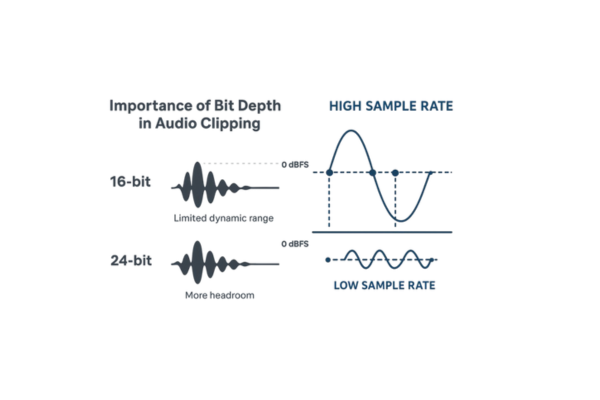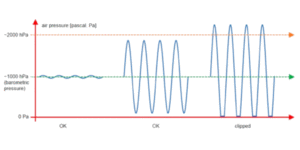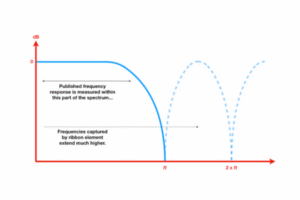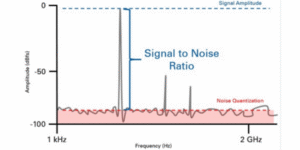In the world of audio recording and sound engineering, Sound Pressure Level (SPL) is one of the most critical yet misunderstood specifications of a microphone. Whether you’re capturing a quiet whisper or the roar of a rock concert, knowing your microphone’s SPL handling is essential to avoid distortion and ensure clarity.
Let’s break down what SPL means and how it affects your recordings.
Table of Contents
What is Sound Pressure Level (SPL)?
Sound Pressure Level (SPL) is a measure of the pressure variation (or amplitude) of sound waves, relative to a reference level. It’s expressed in decibels (dB SPL).
Reference Level: 0 dB SPL = 20 micropascals (µPa), which is roughly the threshold of human hearing.
In microphone specs, Maximum SPL tells you:
The highest sound pressure the microphone can handle before distortion or clipping occurs.
Here’s a more detailed explanation:
SPL, measured in decibels (dB), indicates the intensity of a sound wave at a specific location. It represents the acoustic energy reaching a microphone’s diaphragm.
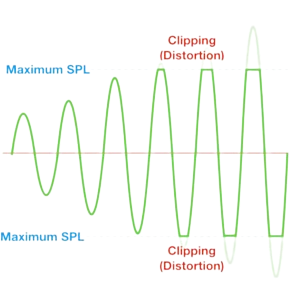
Maximum SPL (Max SPL):
This is the highest sound pressure level (measured in dB SPL) that a microphone can handle before its output signal exceeds a specified level of distortion (usually 0.5% to 1% Total Harmonic Distortion or THD).
Why is Max SPL important?
Different microphones have different Max SPL ratings, which are critical for selecting the right microphone for various recording situations. For instance, a microphone with a low Max SPL might distort when used to record a loud guitar amplifier or drums, while a microphone with a high Max SPL can handle those loud sound sources without distortion. Considering this scenario, it becomes so imperative to choose understand and use right SPL for microphone while recording.
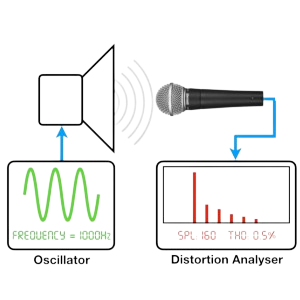
Understanding Distortion:
Distortion occurs when a microphone’s output signal deviates from the original input sound wave, resulting in an unnatural or unpleasant sound.
Microphone Selection:
When choosing a microphone, consider the Max SPL rating and compare it to the expected sound pressure levels of the instruments or sound sources
Example:
A microphone with a Max SPL of 130 dB is suitable for recording instruments like vocals, acoustic guitar, and strings. However, for drums or guitar amps, which can easily exceed 130 dB, a microphone with a higher Max SPL (e.g., 140 dB or more) or a microphone with a pad switch (which reduces the signal strength) is preferable.
In essence, the Max SPL specification helps you choose the right microphone for your recording needs, ensuring you capture clear, undistorted audio even when dealing with loud sound sources.
Why is Maximum SPL Important?
A microphone exposed to a sound source louder than its maximum SPL will begin to distort. The result? A harsh, clipped, unusable recording.
Use Cases That Need High SPL Handling:
- Drums (especially snare & kick)
- Brass instruments
- Guitar amps
- Loud sound effects (gunshots, explosions, engines)
For example:
- Lavalier mic: ~120 dB SPL (fine for speech)
- Studio condenser: ~135–140 dB SPL
- Dynamic mic (e.g., Shure SM57): >150 dB SPL (ideal for loud sources)
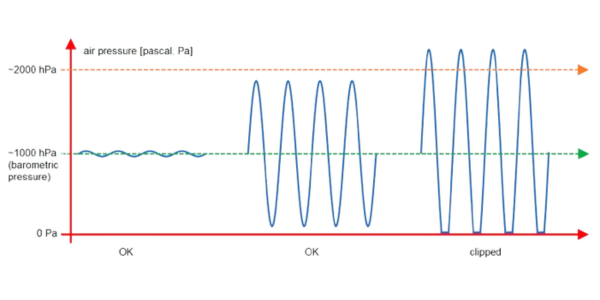
Common SPL Values in Microphones
| Microphone Type | Max SPL (Typical) | Use Case |
| Podcasting Condenser Mic | ~120–130 dB SPL | Voice, podcasting |
| Large-Diaphragm Condenser | ~135–140 dB SPL | Vocals, acoustic instruments |
| Dynamic Instrument Mic | 145–160+ dB SPL | Drums, amps, live sound |
| Measurement Mic | Up to 160 dB SPL | Scientific and industrial uses |
What Happens When You Exceed Max SPL?
- THD Increases: Total Harmonic Distortion rises sharply.
- Clipping: Waveforms get chopped off, leading to “crunchy” distortion.
- Preamp Overload: Even if the mic handles the SPL, a weak preamp might distort.
How to Handle High SPL Situations
Tips for Recording Loud Sources:
- Use Pad Switches: Many condenser mics have a built-in -10 or -20 dB pad to reduce incoming SPL before it hits the diaphragm.
- Use a Dynamic Mic: Designed for high-SPL environments.
- Distance the Mic: Even a few inches farther can reduce SPL at the diaphragm.
- Use High Headroom Preamps: Prevents clipping in the signal chain.
SPL vs. Sensitivity vs. SNR
| Term | What It Measures |
| SPL | Loudness of the sound source |
| Sensitivity | How well the mic picks up quiet sounds |
| SNR | Difference between signal and mic’s own noise |
These work together to determine how cleanly and accurately your mic captures a sound in different environments.
Conclusion:
Sound Pressure Level (SPL) handling is vital when choosing the right microphone for a specific job. Ignoring SPL can lead to distorted audio, poor recordings, and wasted time in post-production.
If you’re recording loud instruments, amplifiers, or explosive sounds, always choose a microphone with a high maximum SPL rating, or use appropriate tools like pads and dynamic mics to protect your audio.
In audio, clarity is everything — and understanding SPL is key to keeping it clean.

